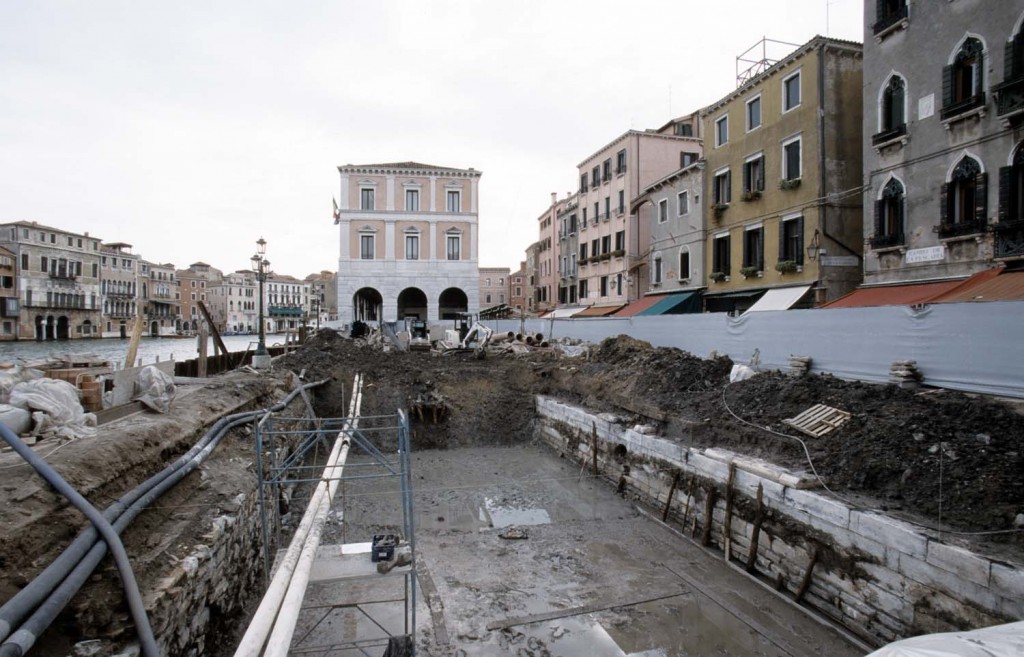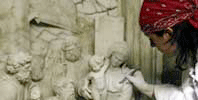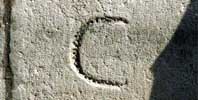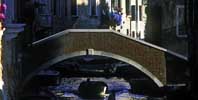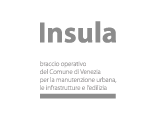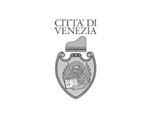The island of Rialto is one of the most ancient areas of settlement in the historic city of Venice. It was here that, from the earliest origins of the city, important commercial and economic activities were located. The area is therefore characterized by a succession of layers, produced by frequent adaptations and transformations. Given the intense history of the area, it is no surprise that the restoration of the Campo della Pescheria in 1999, which served to build a modern water purification plant, uncovered a large number of artifacts from past centuries and significant traces of earlier urban configurations on the island: paving, sewer conduits, embankments, and anthropic remains such as coins, vessels and weights for scales.
The excavations in Campo della Pescheria revealed two embankments, one dating as far back as 1398 and the other to 1456. Paradoxically the embankment in the best homogeneous condition was the older one: this goes to show that the quality of an artifact does not depend only on the construction techniques used in a given period, but also on the availability of raw materials and the economic resources to procure them: in this case, the 1456 embankment used smaller, more irregular and poorly shaped, probably less costly, stones.


